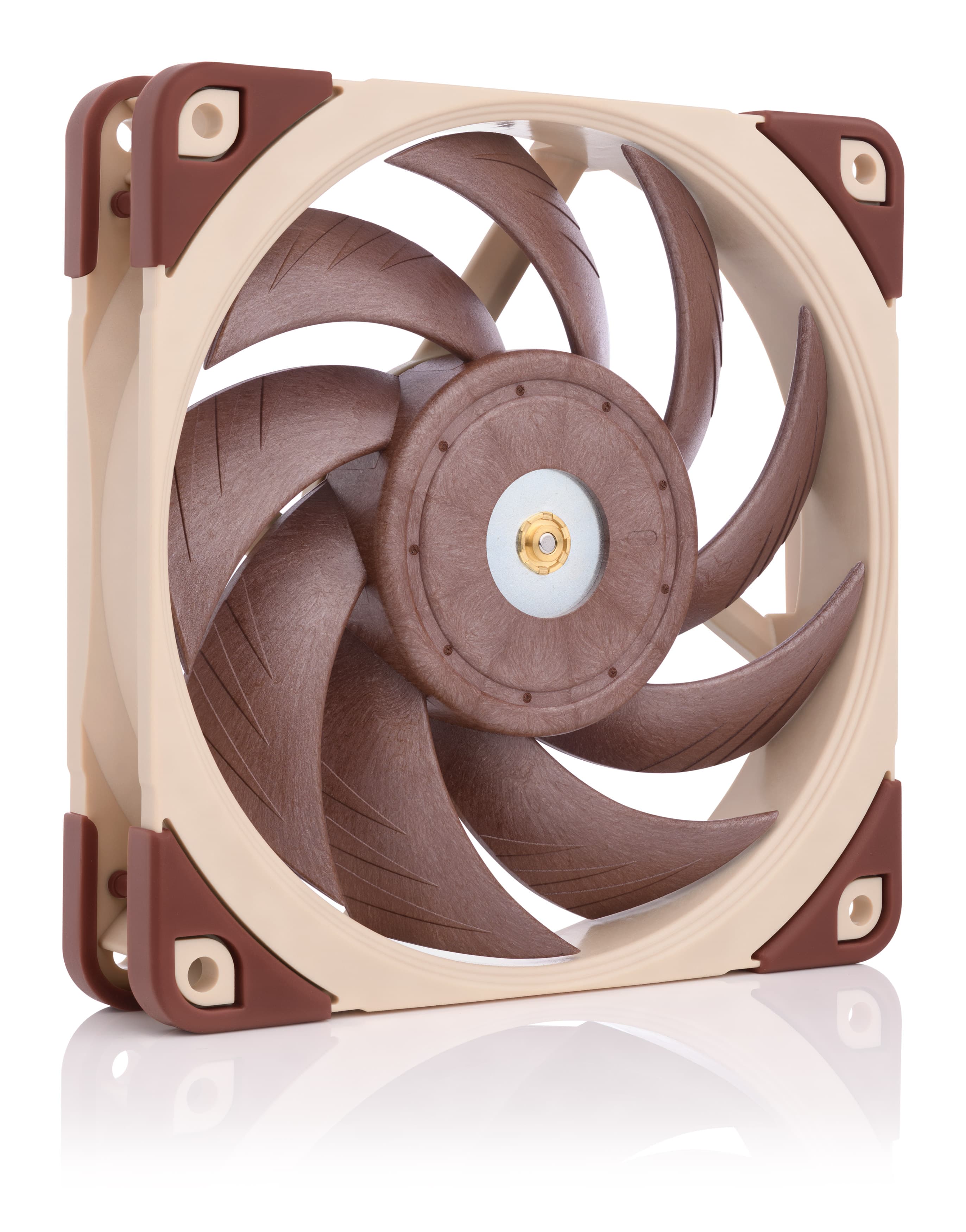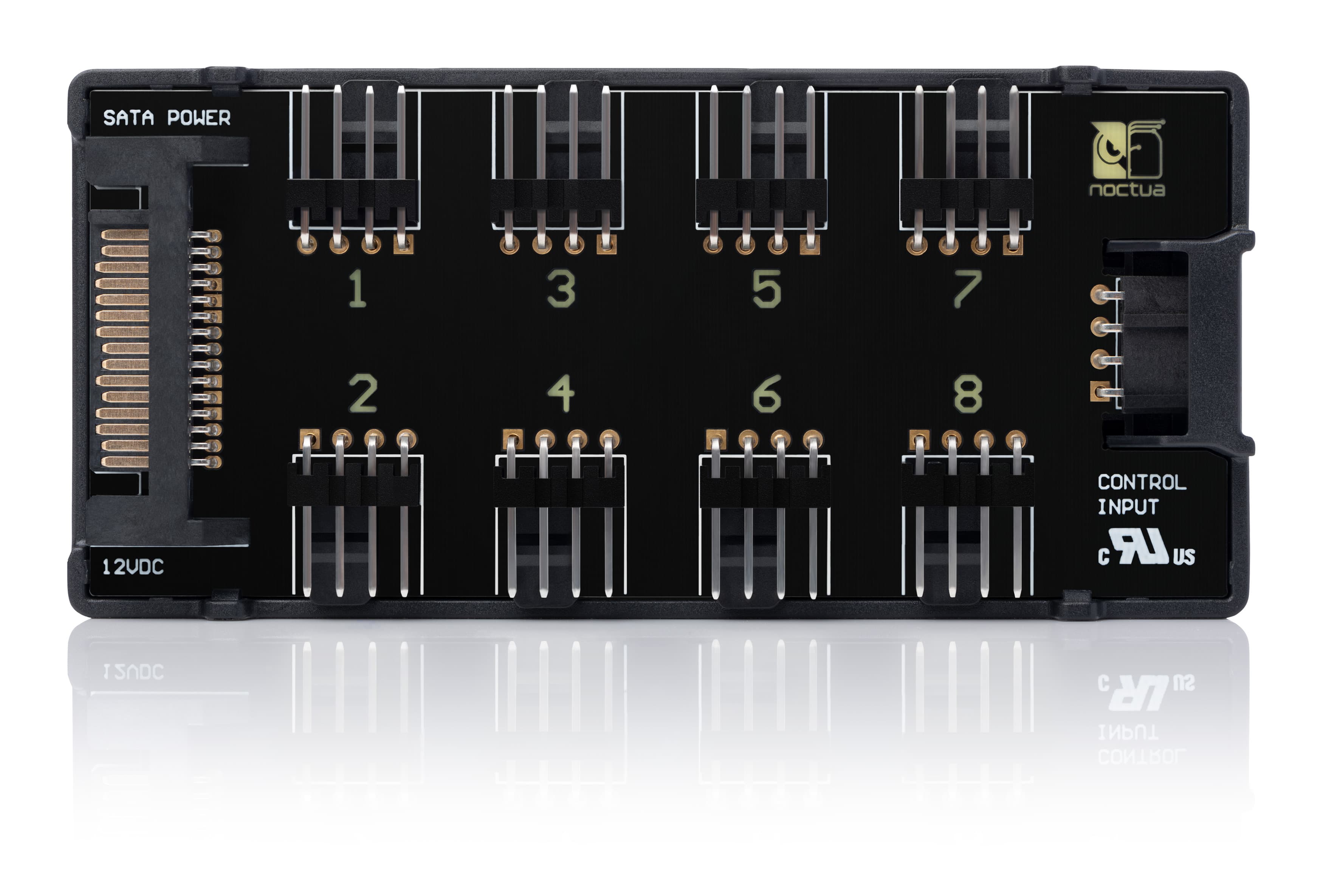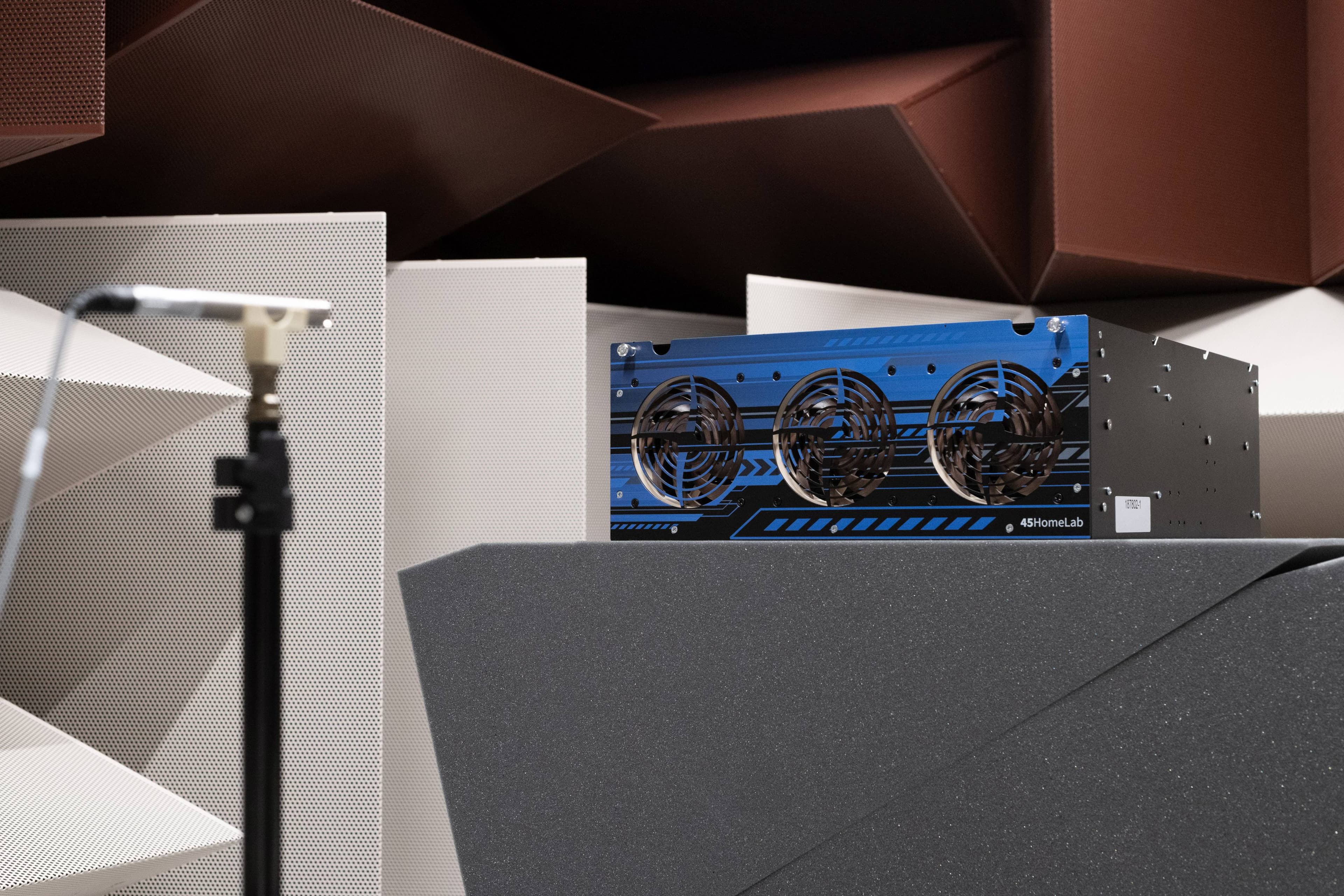
How Noctua fans make 45HomeLab’s HL15 chassis run cooler and quieter
“When we saw the 45HomeLab’s HL15 case for the first time, it was immediately clear that they share many of Noctua’s core values: They obviously put function, performance, and flexibility first, but most importantly, their product oozes quality and clearly reflects their passion in engineering a stand-out solution.”, said Roland Mossig Noctua CEO). “Integrating our fans and cooling accessories into a beautifully crafted premium case like the HL15 is a natural choice, so we’re excited that customers can now choose a Noctua quiet cooling upgrade when configuring their HL15. We’ve seen significant reductions in noise levels over the stock configuration in our testing, so we’re confident that this will be a highly attractive choice for customers who are building high-end home servers that should run as quietly as possible.”
The optional Noctua fan configuration swaps the six 120mm stock fans for six NF-A12x25 PWM units. Additionally, the three front fans are outfitted with NA-IS1 inlet spacers to optimise intake acoustics. This upgrade provides a massive boost in performance-to-noise efficiency: On average, the Noctua fans run ~4-6dB(A) when compared at the same RPM speeds.
The NF-A12x25 fans not only run quieter than stock fans, however, they also produce more airflow. At full speed, with the stock fans running at ~1750rpm and the Noctua fans running at ~1800rpm, the latter are around 3dB(A) quieter while producing around 20% more airflow through the chassis:
In sum, this means that customers will be able to achieve higher cooling performance and lower noise levels at the same time by opting for the Noctua upgrade option.
Dr. Doug Milburn, President and Co-Founder of 45HomeLab, said, “We are thrilled to partner with Noctua to bring our customers the ultimate homelab server experience. Noctua's reputation for producing high-quality, ultra-quiet fans aligns perfectly with our commitment to delivering premium products that exceed customer expectations. With Noctua's innovative technology integrated into our HL15 servers, customers can enjoy powerful performance without compromising on noise levels.”
Another important benefit of the Noctua configuration is that unlike the stock 3-pin fans, the NF-A12x25 PWM fans are PWM controllable 4-pin fans, which makes it easily possible to either manually adjust fan speeds or set automatic fan control profiles that adjust RPM speeds based on system temperatures and load scenarios. To facilitate synchronised fan control, the Noctua upgrade also comprises Noctua’s high-end NA-FH1 fan hub that makes it possible to control all six case fans through a single motherboard fan header or a manual fan controller such as the NA-FH1.
Whether you want to build a high-end storage server that requires maximum cooling performance or a homelab that needs to operate at minimum noise levels: The Noctua fan configuration provides state-of-the-art performance to noise efficiency and gives you all the flexibility to fine-tune your setup for near-silent operation or ultimate airflow.
Did we get you curious? Configure the HL15 with the Noctua fan upgrade at 45HomeLab’s online store.
Mentioned products
Explore the featured products.
Related articles
Want to know more on this topic? Explore relevant articles and resources.

Superior quiet cooling: ASUS RTX 5080 Noctua Edition performance analysis
Featuring three NF-A12x25 G2 fans and a custom-engineered heatsink, the ASUS RTX 5080 Noctua Edition GPU sets a new benchmark for near-silent performance.
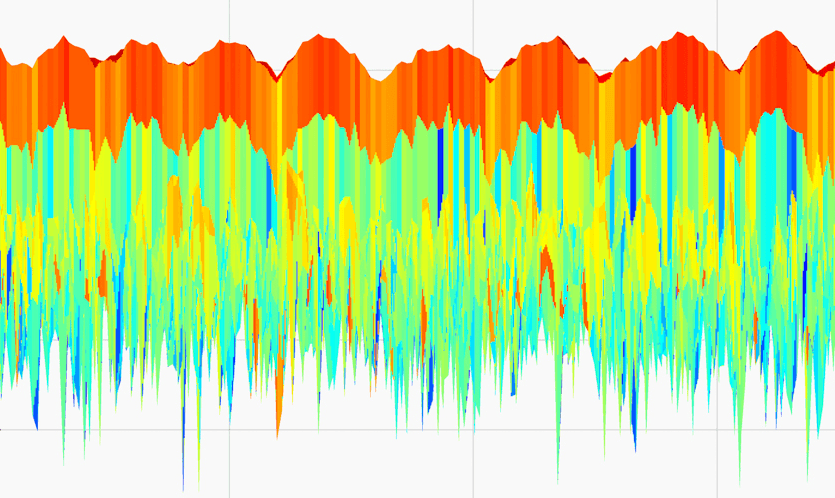
Fan speed offset explained
When two fans are running together at almost the same speed, their acoustic interaction can lead to undesirable harmonic phenomena, known as beat frequencies.
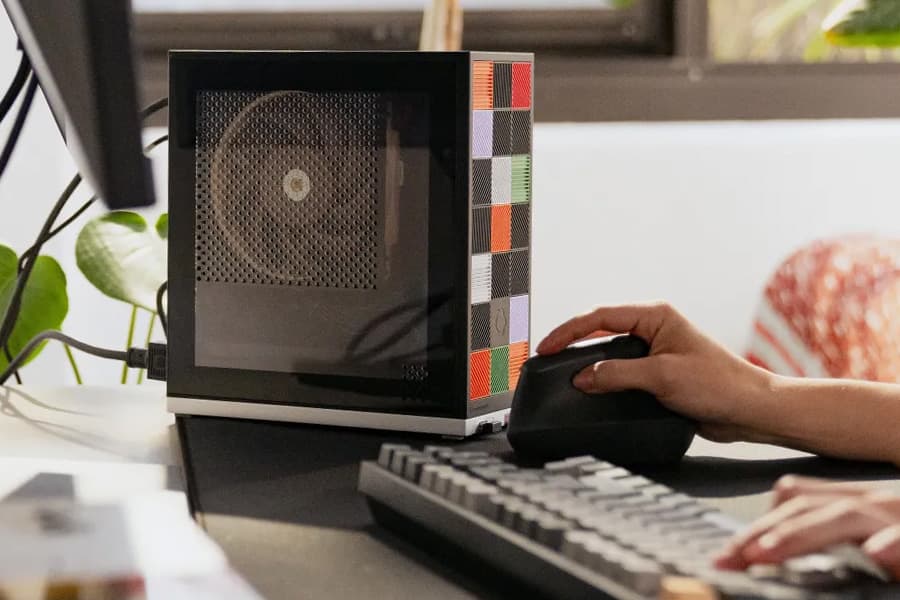
How Noctua cooling enhancements made the Framework Desktop even better
Framework & Noctua teamed up to boost thermal efficiency in their modular, AI-ready mini-PC, using the NF-A12x25 fan.
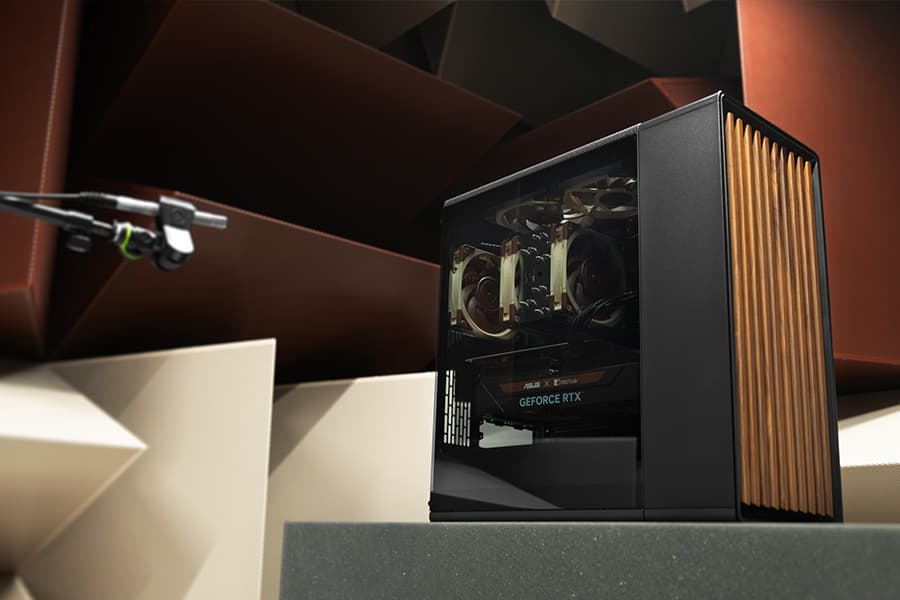
Which fan setup works best in the Fractal Design North?
Fractal Design’s North case and our NF-A12x25 fans are a great match, both visually and from a performance point of view: But which configuration offers optimal performance?

















